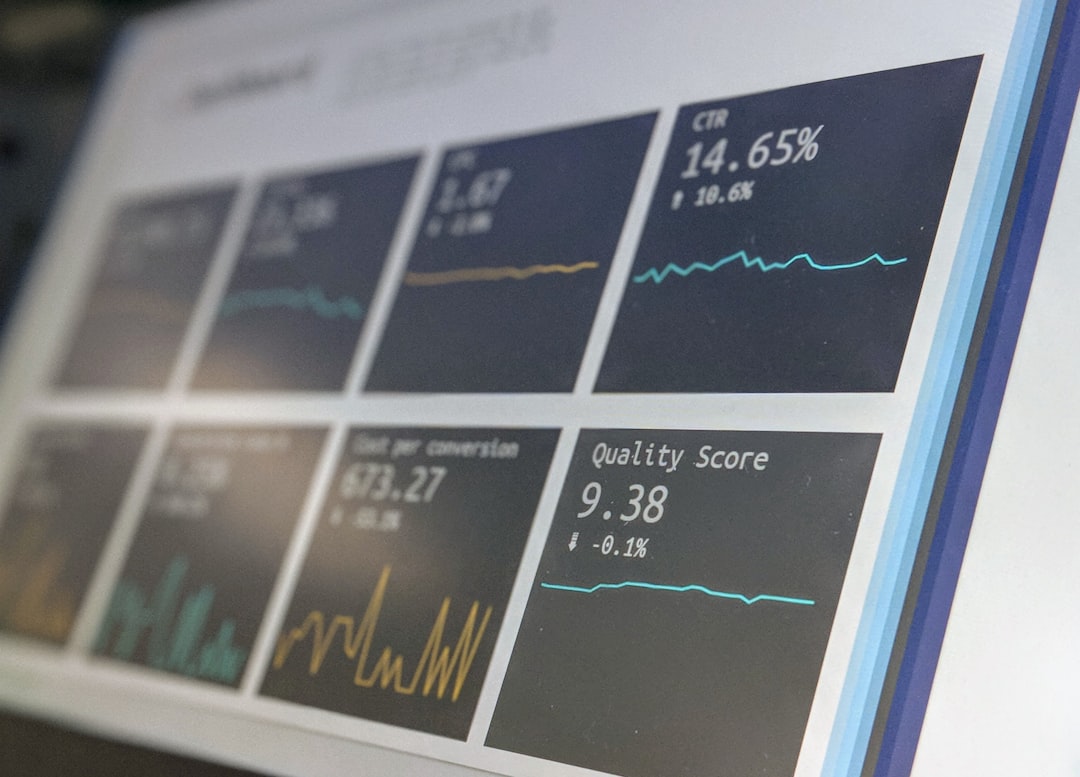
Leveraging Financial Data for Economic Insights: A Comprehensive Guide
# Introduction. In today’s fast-paced business environment, understanding the intricate relationship between financial data and economic insights has never been more critical. Financial data—ranging from revenue and expenses to investments—can provide key indicators that help businesses make informed decisions. This blog post will explore the various ways companies can leverage financial data to gain economic insights, enhance performance, and drive growth. # Understanding Financial Data and Its Importance. Financial data serves as the backbone of any business operation. It encompasses a broad spectrum of metrics, including balance sheets, income statements, cash flow reports, and performance indicators. Utilizing these metrics allows businesses to assess their financial health, measure profitability, and identify areas for optimization. In essence, financial data not only informs internal decision-making processes but also guides strategic planning and forecasts economic trends that could impact the future of businesses. # Collecting Financial Data Effectively. Before you can leverage financial data, it’s imperative to start with effective data collection methods. Many organizations utilize a combination of accounting software and enterprise resource planning (ERP) systems to gather accurate data. Tools like QuickBooks, SAP, or Sage provide reliable platforms for data entry, tracking sales, expenses, and even customer payments. Additionally, manual data collection methods, such as spreadsheets, can still play a role, especially for companies just starting out. Whichever method you choose, the key is consistency and accuracy in gathering data. # Analyzing Financial Data for Economic Insights. Once collected, the next step is to analyze the data. Techniques such as variance analysis, trend analysis, and ratio analysis can help extract valuable economic insights from raw data. For example, ratio analysis can compare different financial metrics, highlighting operational efficiency and profitability. Additionally, technological advancements in data analytics, like AI and machine learning, can enable deeper insights by identifying patterns that may not be immediately apparent to human analysts. This analysis not only informs current performance but can also offer predictive insights into future trends. # Utilizing Financial Data for Strategic Decision-Making. The ultimate goal of analyzing financial data is to inform strategic decisions. Businesses can leverage insights from financial data to create budgets, set financial forecasts, and even develop pricing strategies. For instance, understanding the relationship between fixed and variable costs can help companies set prices that cover expenses and maximize profits. Furthermore, insights drawn from financial data can guide businesses in resource allocation, helping to ensure that investments are aimed at the most promising areas for growth, whether that be marketing, R&D, or operational enhancements. # Understanding Economic Indicators Through Financial Data. Financial data also provides insight into broader economic indicators such as inflation rates, employment statistics, and industry trends. By analyzing sales data, businesses can adjust their strategies to reflect economic cycles. For example, during an economic downturn, firms may find that consumer spending shifts towards value-oriented products. By being attuned to these shifts, companies can position themselves more effectively in the market. # Case Studies: Successful Leveraging of Financial Data. To illustrate the power of leveraging financial data for economic insights, we can look at successful case studies. For instance, many start-ups have utilized financial dashboards to track real-time performance metrics. Companies like Slack saw growth by allowing teams to analyze financial KPIs, leading to more informed pivots during challenging times. Larger organizations such as General Electric leverage advanced analytics to streamline operations, reduce waste, and ultimately drive profitability by keeping a finger on the pulse of both financial health and broader economic conditions. # Conclusion. In conclusion, effectively leveraging financial data is integral for businesses aiming for growth and sustainability in a dynamic economic landscape. By collecting, analyzing, and utilizing financial data for strategic decision-making and understanding broader economic indicators, businesses can uncover insights that drive performance. Whether you are a new start-up or a seasoned enterprise, prioritizing the use of financial data will not only enhance your current operations but also empower you to navigate future economic changes successfully. By embracing a data-driven approach, companies can turn insights into actionable strategies that foster growth, efficiency, and competitive advantage in today’s market. .








